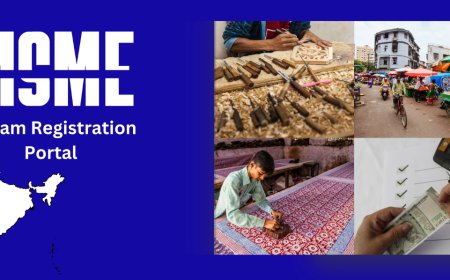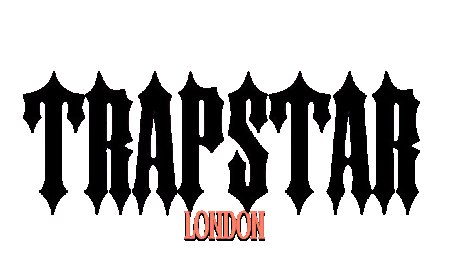Understanding the Ideal UAE Resume Format for Job Seekers
Understanding the Ideal UAE Resume Format for Job Seekers

When applying for jobs in the United Arab Emirates, presenting your qualifications in the right format is just as important as the content itself. The UAE resume format is distinct from what many job seekers may be accustomed to in Western countries, and understanding these expectations can significantly improve your chances of getting shortlisted. Hiring managers in the UAE are often dealing with a high volume of applications, and a resume that aligns with local standards not only reflects professionalism but also makes it easier for them to quickly assess your fit for the role. Typically, a UAE-style resume begins with personal information at the top, including your full name, contact details, nationality, visa status, date of birth, gender, marital status, and sometimes a professional photo. While this may seem unusual in other parts of the world, it's standard practice in the UAE, as companies seek clarity on an applicants legal eligibility to work and cultural compatibility with the organization. Following this, a strong career summary is recommended, capturing who you are, what you specialize in, and what you bring to the table in just a few concise lines. This sets the tone for the rest of your resume and gives the recruiter a snapshot of your professional profile. The format then moves on to key competencies or skillsthis section should be bullet-pointed and tailored to the specific job you are applying for. Recruiters in the UAE value clarity and relevance, so focus on technical skills, languages, certifications, or tools that are directly applicable. After this, your professional experience should be listed in reverse chronological order, starting with your most recent position. For each role, include the company name, location, job title, and employment dates, followed by a summary of responsibilities and key achievements. Its important to quantify accomplishments where possible using metrics, percentages, or brief examples of improvements youve made. This shows that youre results-driven and proactive. The education section comes next, where you list your academic qualifications, including degree names, institutions, years of study, and any honors or relevant coursework. If you hold certifications that are relevant to your field such as PMP, ACCA, SHRM, or others be sure to list these clearly as they hold significant weight in the UAE job market. Depending on the role youre applying for, additional sections may include languages spoken, technical proficiencies, and even references or a line stating that references are available on request. One-page resumes are acceptable for early-career professionals, but for mid-level to senior roles, two pages are the norm. Just ensure the formatting is clean, with consistent fonts, spacing, and clear section headings. The tone of the resume should remain formal and professional, with active language and no grammatical errors. Proofreading is essential, as attention to detail is highly valued by employers in the UAE. Tailoring your resume for each application, rather than sending a generic version, is also highly recommended. Using the right keywords based on the job description not only makes your resume more appealing to recruiters but also increases its visibility through applicant tracking systems (ATS). Overall, aligning your resume with theUAE resume format shows that you understand the regions business culture and are serious about your job search. Its not just about what youve achieved its also about how effectively you communicate those achievements within the expected structure. Whether you're applying from within the UAE or internationally, taking the time to adjust your resume format can make all the difference in landing that interview call.





































